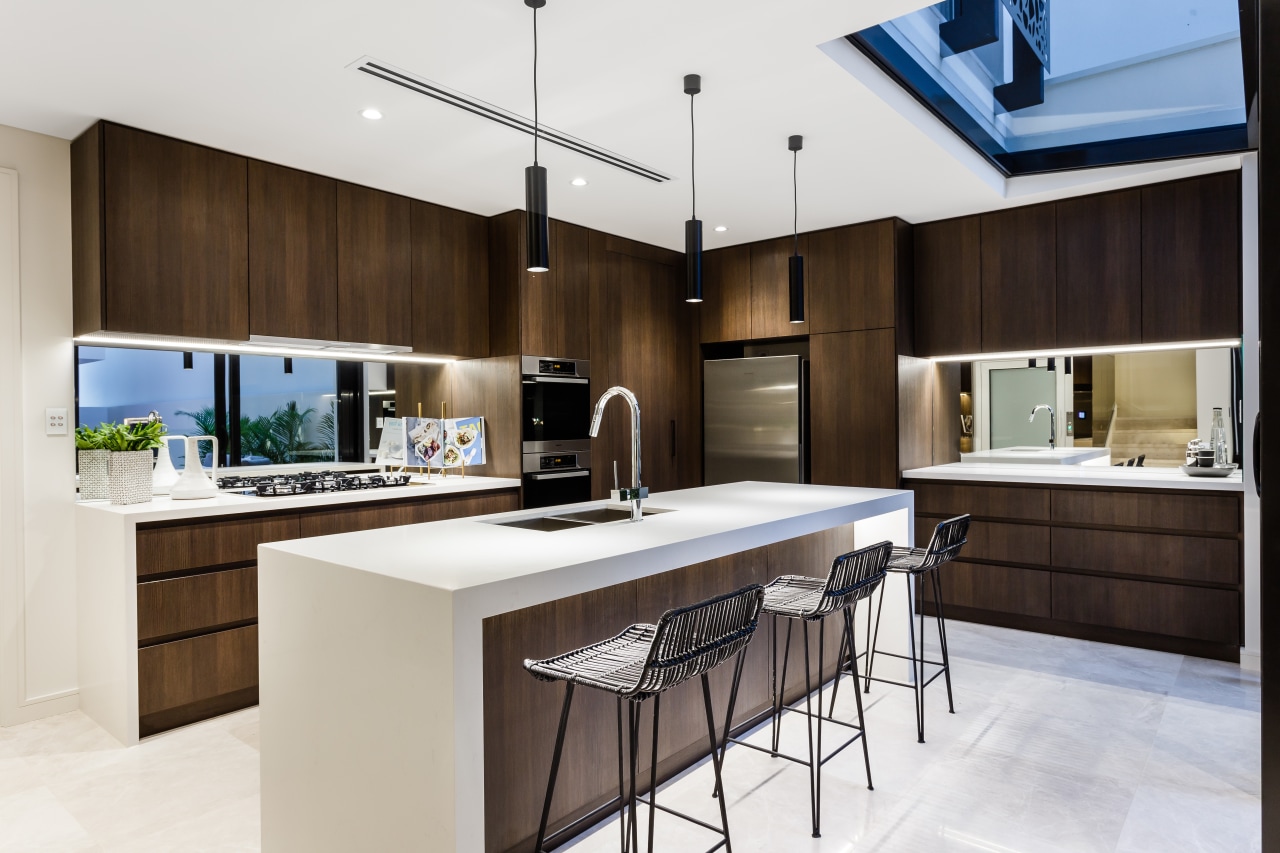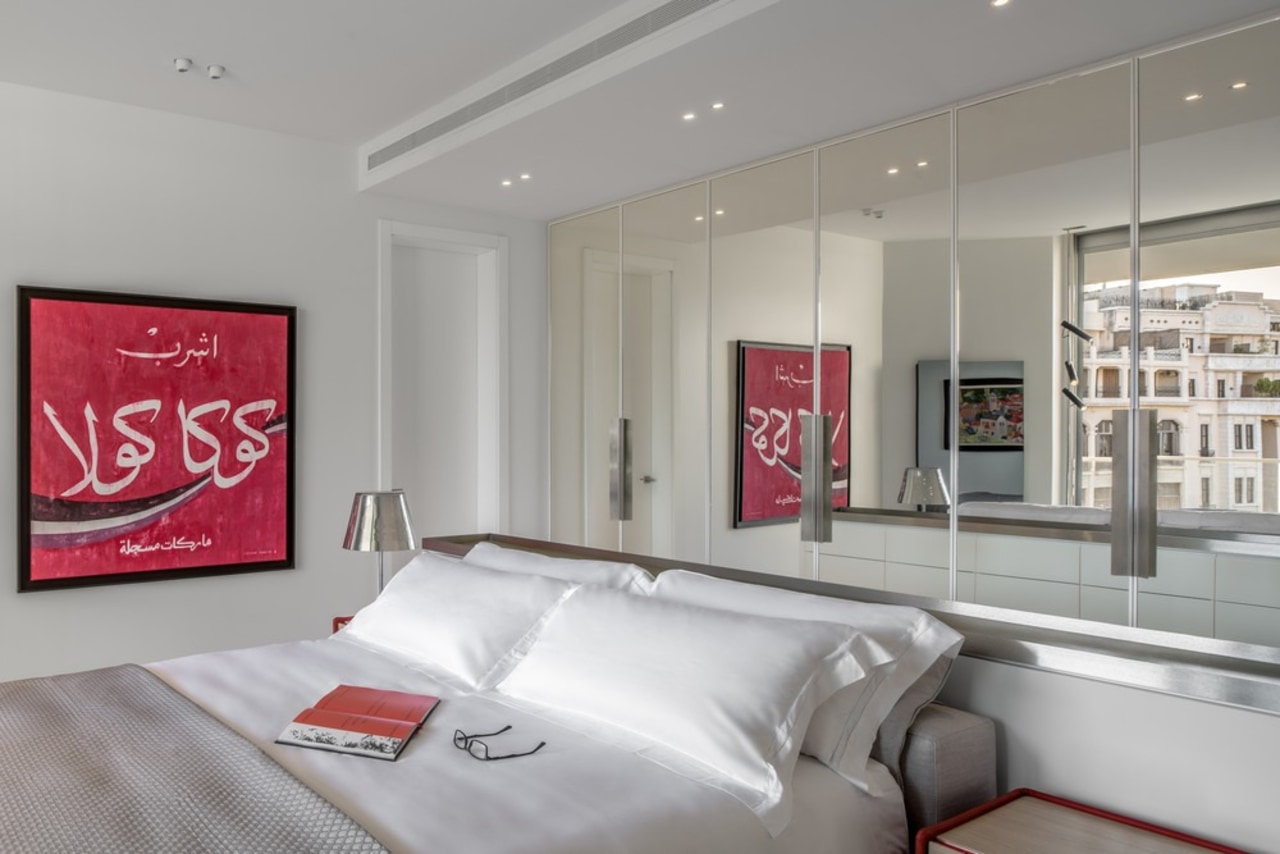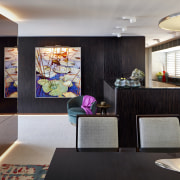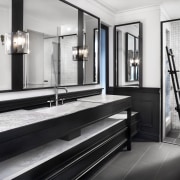How to use mirrors to enlarge your space
Mirrors are something of a pocket knife when it comes to interior design – expanding a sense of space, adding natural or artificial light, heck, you can even check your reflection in them. This story offers some great pointers

In today’s world, many of us are striving to make do with a small living space
Be it because we consciously want to lower our ecological footprint or because it’s much more cost-effective and overall comes with less maintenance and cleaning, there is no doubt that a small living space has many benefits. However, like everything else, it has its disadvantages as well.
A small space can feel cramped and claustrophobic but only if the interior design does not do something against this.
You are probably aware that one of the essential things that visually enlarge a space is light.
This means that if you can make the most of this aspect of your interior, you can expect a significant difference.
One of the things that can effectively help you with this is mirrors.
Mirrors are not only a functional piece of furniture but they are also a décor statement if used right and boost the perception of your interior.
Here are a few ways in which you can use mirrors to enlarge your space.
advertisement

Bring in the light
One of the biggest advantages of mirrors in interior design is their reflective quality.
Therefore, to make the most of this, you have to pay attention to how you position your mirrors on your walls.
Your best bet is putting your mirror on the wall opposite from the window.
This also gives the illusion of another window, which only benefits any room.
At the same time, mirrors can enhance your artificial lighting as well. If placed behind lamps or facing chandeliers, the mirror will double the amount of light the source creates, giving your space a luxurious illumination.
Stick to light colours
Even though mirrors will bring in plenty of light, you don’t want to neglect the rest of your interior design.
Rather, you should enhance the advantages of the previous tip. So, make sure that the rest of your design is mostly using light colours.
Light colours reflect the light while dark ones absorb it, so not to diminish all the light you just got thanks to your mirrors, make sure your walls, as well as your larger furniture pieces, are light.
White is, of course, the best for this purpose but if you dislike the look of it, you can also go for pastel hues such as beige or yellow.
That said, if you already have dark walls and you aren’t changing them anytime soon, large wall mirrors placed on them to contrast the darkness are still a good solution.

Steer clear of clutter
Mirrors are amazing as they reflect whatever is in front of them. However, what this means for your interior is that if there is clutter and mess all around, your beloved mirrors will double this chaos and make the room look even more cramped.
Therefore, to free up visual space and maximise the effect of your mirror, stick to minimalism as much as possible.
Clean surfaces void of unnecessary clutter, simple lines and furniture pieces with little ornamentation will give a clean look to the entire room and the mirror will further enhance this airy feel.
If there’s not much wall space
Living in a small space probably means that you don’t have too much wall space to spare for huge mirrors.
If you really cannot free up room for several big mirrors, you can also use the space behind your furniture.
For instance, a statement mirror behind your sofa is a great choice, but you can even decide to combine two things together and install mirror doors to your floor-to-ceiling wardrobe, if that is what’s taking up a lot of wall space in your interior.

Use them in all the rooms
Decorative mirrors aren’t reserved for living rooms only.
You can use this element in almost any part of your home to visually enlarge the space you have.
The aforementioned example of the mirror wardrobe doors is an excellent solution for small bedrooms, for instance.
You need mirrors in your bathroom anyway, so why not make them as big as possible and position them strategically, or even use mirror tiles to make you feel like you’re in a spa? Even a tiny mudroom can benefit from a mirror.
A mirror is an interior feature that is very versatile and has more advantages than first meets the eye. Boost your small space with a few mirrors and you’ll feel like you’re in a much larger, brighter space.
Story by: Tanya Mayer
Home kitchen bathroom commercial design
Catching a wave
Big style, small space – 7 powder room design ideas
Now and Zen
advertisement
advertisement
advertisement
advertisement
advertisement
advertisement
advertisement






